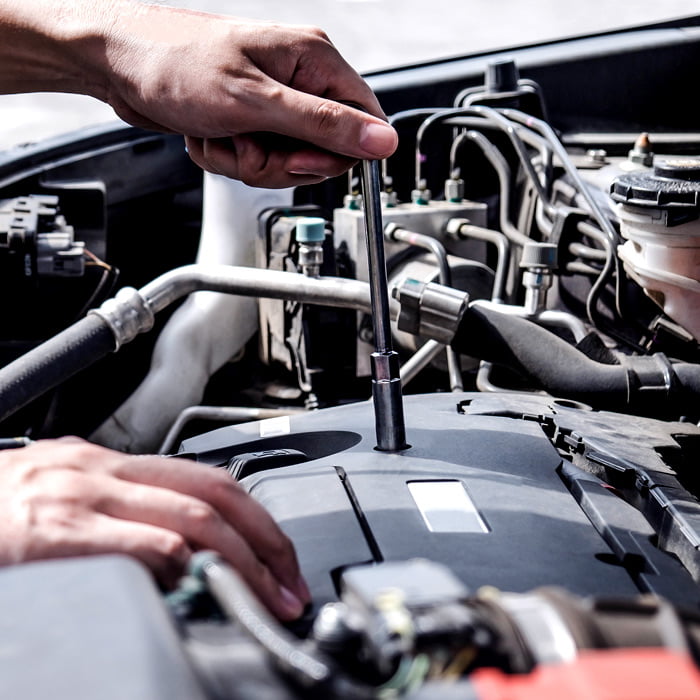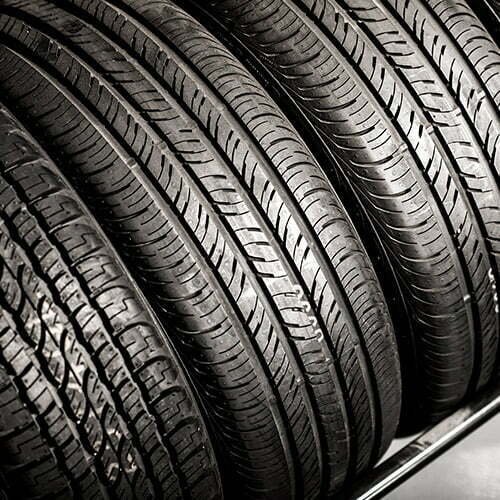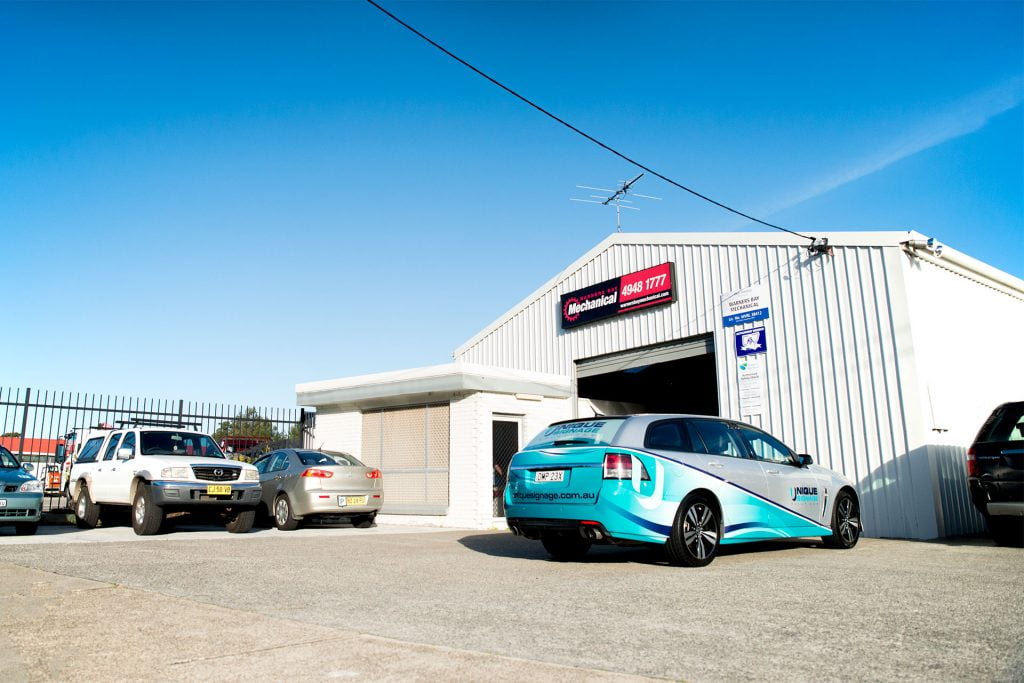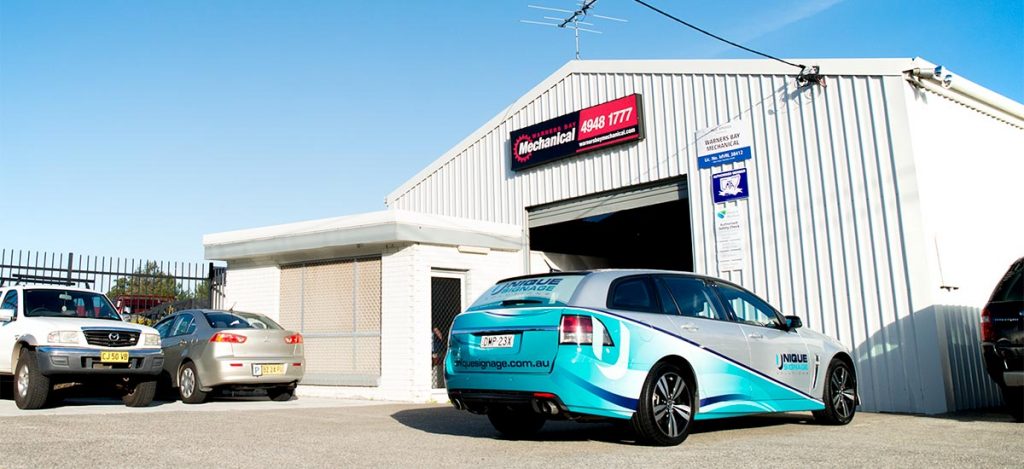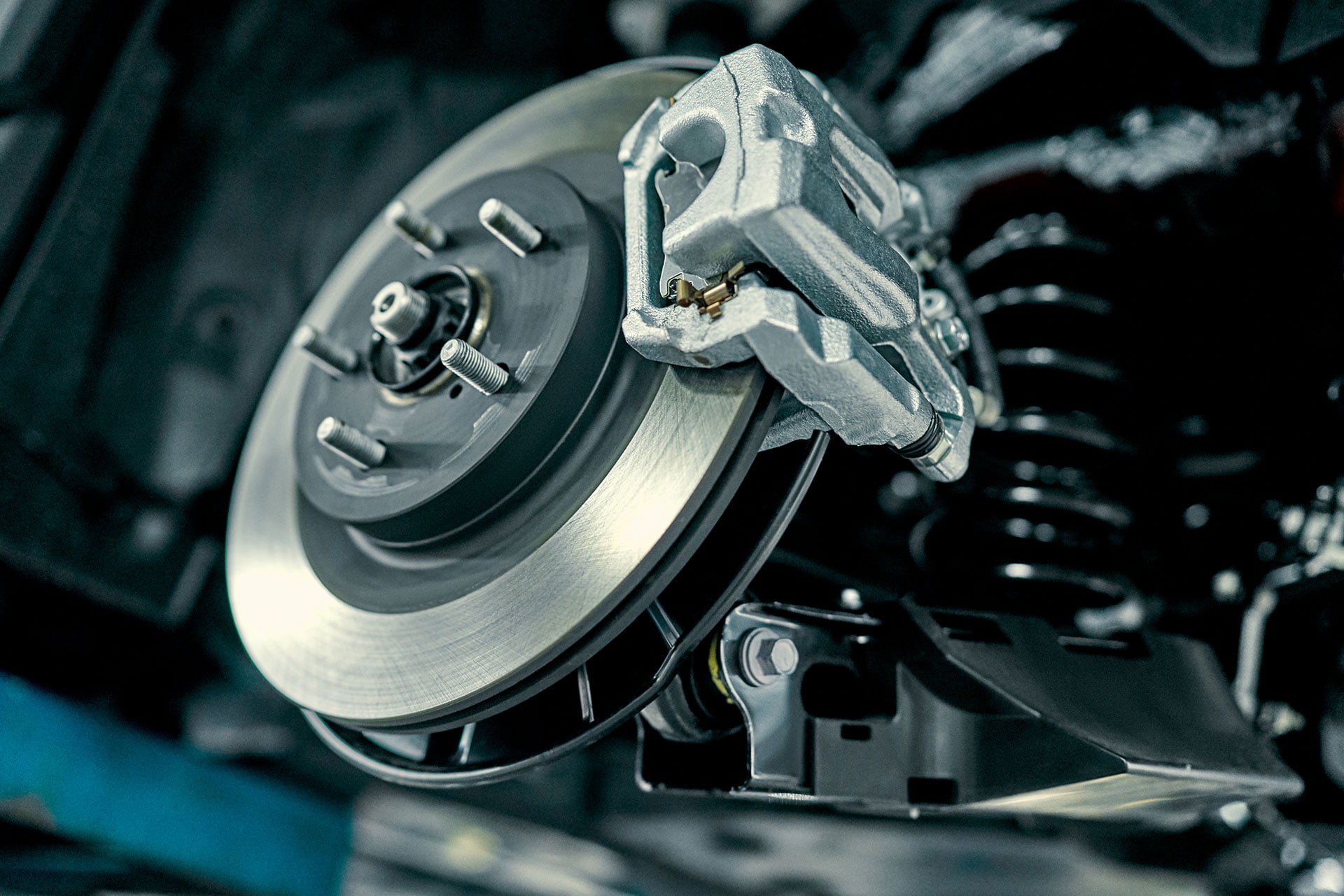
Wheels/Braking
Wheel alignment, tyres and all braking systems.
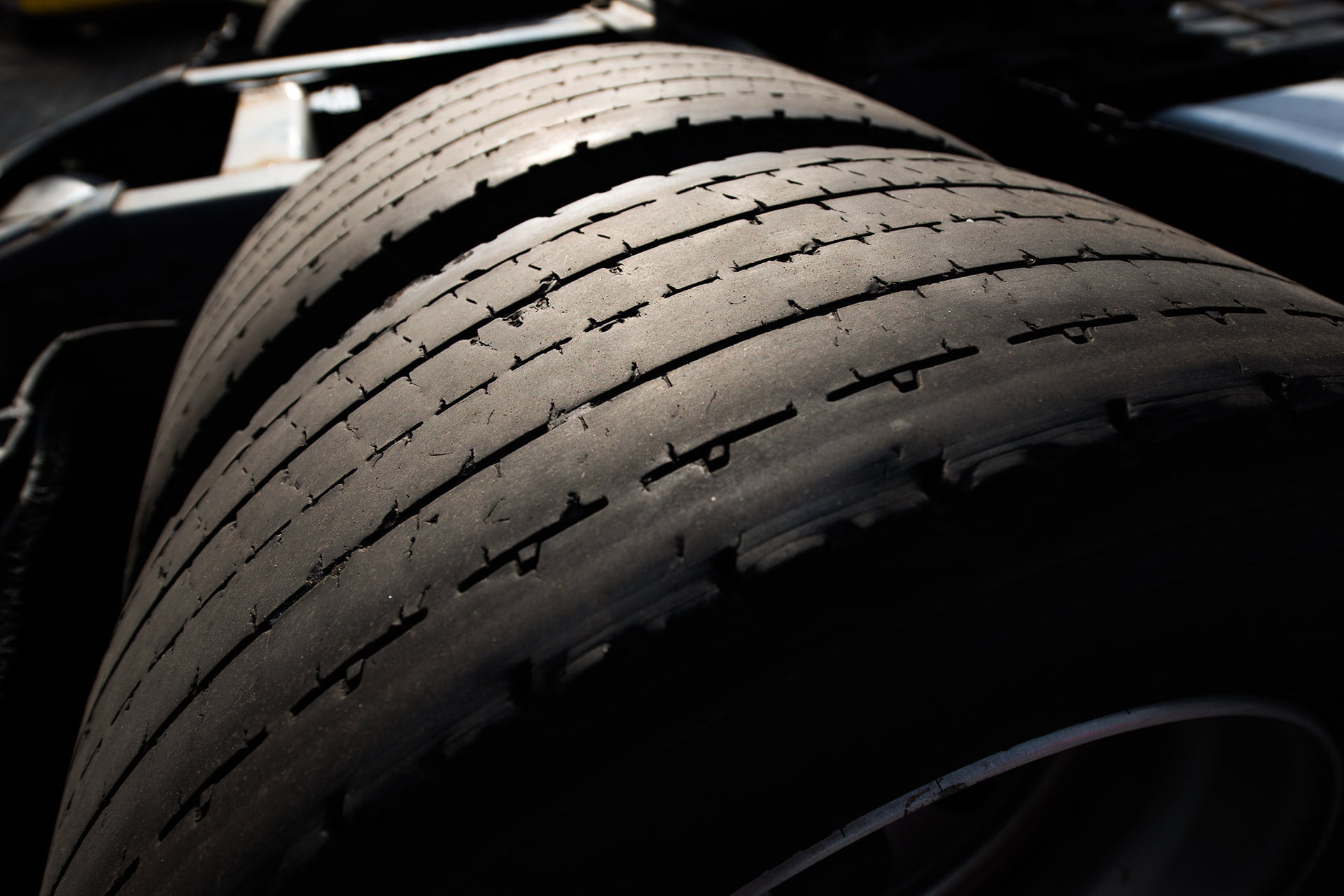
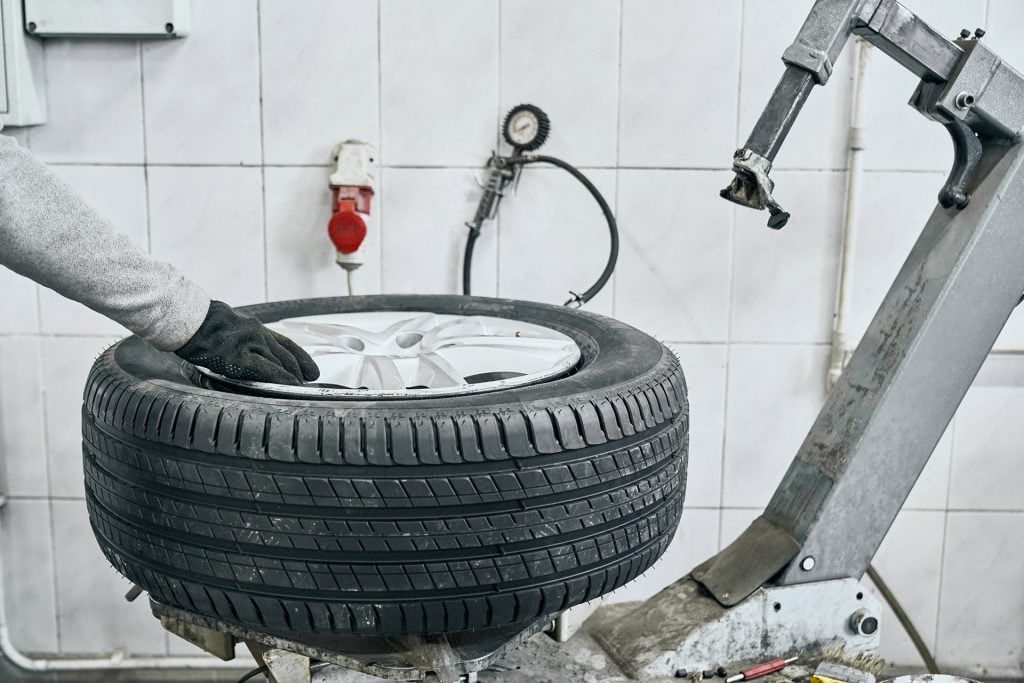
WHEELS
Mis-aligned wheels can cause uneven tyre wear and also damage suspension components. It will affect a vehicle’s handling; performance and your vehicle will not be safe on the road. A lot of things can throw a vehicle’s wheel alignment out including but not limited to bumping into a kerb or driving over a pothole. It is recommended to get the alignment fixed as soon as possible before it leads to larger problems.
WHEEL ALIGNMENT & BALANCING
Components in both the steering and suspension systems determine the alignment of a vehicle’s wheels. Many of these parts, like track rods and control arms are adjustable to compensate for changes in the suspension and steering systems over time.
The main alignment angles are toe, camber, and caster:
The toe alignment angle determines where the tyres are pointed in relation to each other. It is usually adjusted by the track rods. Vehicles with excessive toe in or toe out can experience rapid tyre wear and may also experience feathering of the tyre tread. Vague, unresponsive steering is indicative of excessive toe in, whereas excessive toe out causes the vehicle to dart or wander across the road.
What to look for: Feathered edges on the tyres indicates incorrect toe setting. Feathering pointing to the inside of the tyre indicates excessive toe in, whereas feathering to the outside of the tyre indicates excessive toe out. Always wheel align toe settings within manufacturer’s specifications.
____
The camber angle is the angle that the tyre makes relative to vertical. Excessive camber in either direction can cause tyre wear on just one edge of the tyre and can create a pulling force that will cause the vehicle to drift as it moves down the road. Camber angles are especially affected by the suspension components. Worn suspension springs and shock absorbers allow the vehicle to sit lower, causing negative camber.
What to look for: Smooth edging on the inside of the tyre is caused by excessive “-” camber, smooth edging on the outside of the tyre is caused by excessive “+” camber causing the vehicle to pull to the side with the most “+” camber. Always wheel align camber settings within manufacturer’s specifications.
____
The caster angle is the angle between the vertical and the steering pivot axis. Caster can be adjusted by moving the top of the struts forward or rearward. Caster angles that are out of adjustment usually won’t cause tyres to wear, but may cause the vehicle to pull if caster angles differ greatly between the two front wheels. Too much caster causes heavy steering and when extreme, can cause wheel shimmy. Too little caster reduces steering feel and the vehicle’s ability to track straight and has a tendency to wander. Under heavy braking and steering conditions, original rubber or worn components can cause caster angle change effecting the vehicle’s self-centring ability and reducing turn-in ability when cornering.
What to look for: Unless there is excessive “+” caster on cars not designed to have such settings, caster will not normally cause tyre wear. Always wheel align caster settings within manufacturer’s specifications.
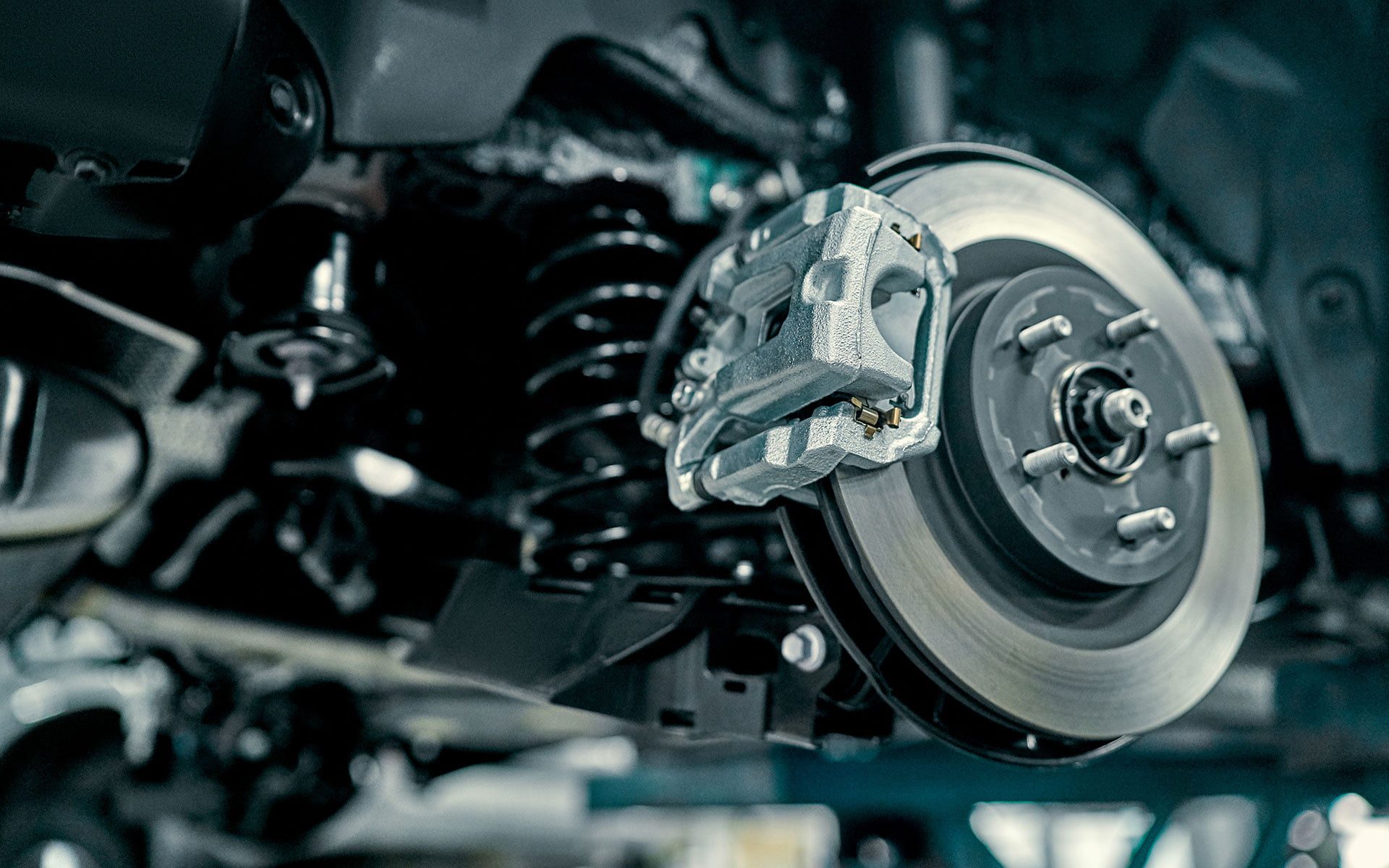

BRAKES
Your car features two front brakes and two rear brakes. Most cars use disc and drum brake assemblies in their brake systems. These days, cars are fitted with disc brakes on all four wheels. However, some cars (such as light commercial models) still use drum brakes on the rear wheels. As safety performance awareness increases, many car manufacturers are fitting anti-lock brakes (ABS) as an added braking system component to prevent wheel lockup and skidding.
Signs of Brake Problems
– Car pulls to one side when I brake
– Brake pedal feels soft or spongy when I press it
– The brake pedal feels harder to press than usual
– A grinding or scraping sound occurs when pedal is pressed
– Car squeals when braking
– It’s taking longer to stop when breaking
– The steering wheel shakes when I press on the brake
– My brake warning light illuminating
= Brake fluid is low
Disc brake servicing incorporates the lubrication and inspection of all associated components such as the brake calipers, disc rotors, wheel bearings, brake hoses and brake fluid condition. Once this service is performed you can be confident of factory performance disc brakes once again. Most disc pads have a low wear indicator emitting a scraping noise alerting the driver of the condition.
The brake disc rotors often need machining or replacing also. This is usually the result of the disc pads wearing out or the rotors being overheated and warped causing brake pedal pulsation and shudder.
BOOKING
We’ve made booking easy! No forms or appointment schedulers, just the old fashioned way: call and speak to our friendly staff!
